In reviewing some publicity releases, I came across an article that was featured in Modern Salon Magazine in June of 1985. One of the articles is just as relevant today as it was then. Written by Jackie Summers, a well-known beauty editor from Los Angeles, the scene was set for a makeover done for a young woman who was returning to work after having spent time raising two kids.
The article begins with: “The kids have grown up, the soaps have lost their suds and the old routine is just that—old–! So it’s time for a change. She (the job seeker) is trading in her waffle iron for the Wall Street Journal—grabbing her brief case and returning to the work force. But look at her. The stress of raising two active kids is beginning to show.” A neglected hair styling and color and wearing make-up only for special occasions are bad enough, but her wardrobe consists mainly of sweatshirts and jeans. “She needs help”, Jackie pronounces adding to that “women have going back to work in droves.” She points out that an image make-over can help to bolster the confidence that so many women of all ages need when stepping into this challenging new role.
Jackie had heard about the Color Clock® theory that I had developed and that several top hair, fashion and make-up artists/stylists in Los Angeles had started to implement. She called me for an interview and ultimately for a photo shoot that explained the concept first introduced in my book called, “Alive With Color” and ultimately updated to a new book titled, “More Alive With Color”.
Three models were chosen to represent the Colortime® palettes that are inspired by nature. They are called “Sunrise”, “Sunlight” and “Sunset” and each of the palettes flatter different types of personal coloring. This color theory is different from others as it also includes a group of “Crossover™ Colors” that work for all three Colortimes™ and included in each. More emphasis is placed on color’s effect on our emotions.
The article featured pictures of the models in “before and after mode”. The following images give an explanation of the how and why these colors were selected. With the heavy usage of 80’s looks today, these models are more style forward than backwards. This color system, from its inception, was considered ahead of its time.
For more information on the Color Clock® theory visit: training.leatriceeiseman.com


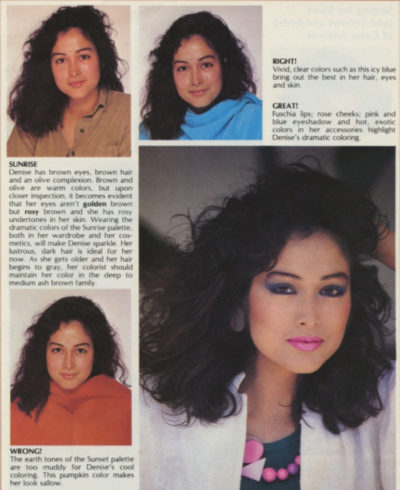
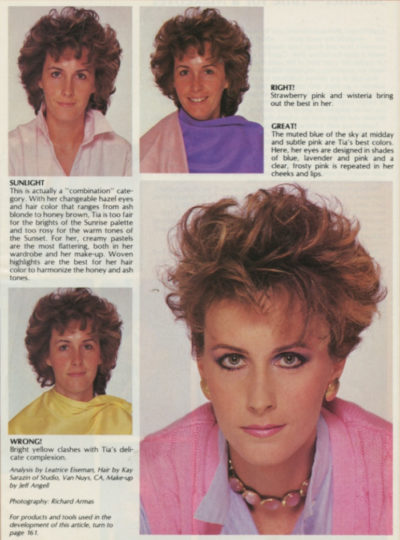
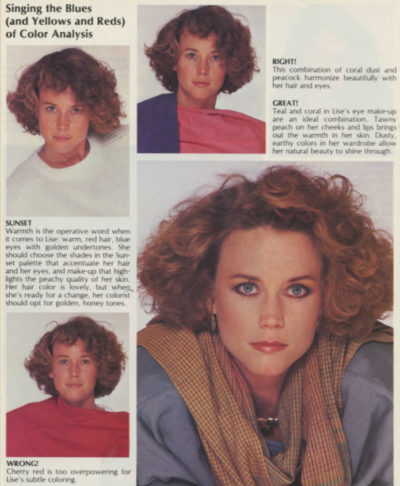
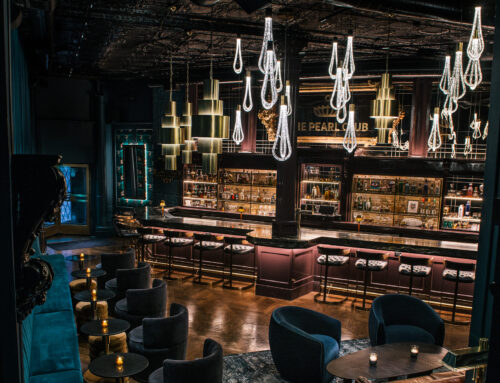


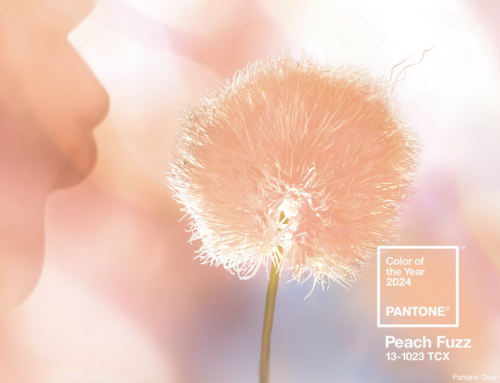
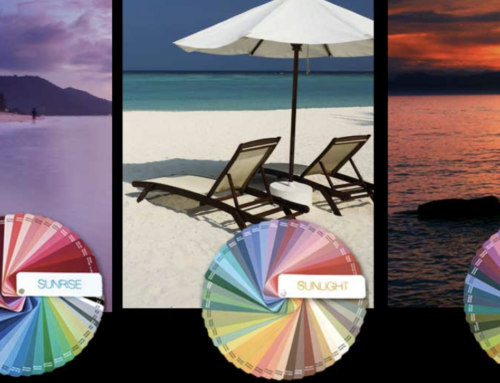
Leave A Comment